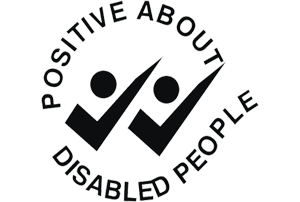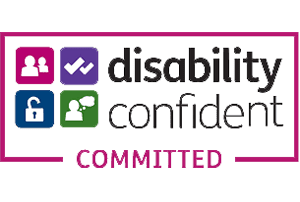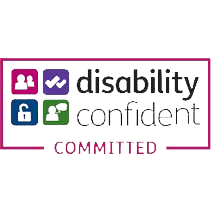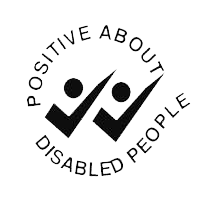Medico-legal Expert Witness Sourcing Service
Certified medico legal reporting & rehabilitation agency providing accurate medical reports for solicitors, medical agencies & insurance companies. Up to 85% of our expert witness reports are usually generated within two weeks throughout the UK.
Trusted by Legal Professionals Nationwide
Our Services
Concise Medico is an experienced provider of medical expert witness reports with over 10 years of experience in the medico-legal field. Giving access to a nationwide network of medical expert witnesses and rehabilitation providers.
Some Companies We Work With
We are proud to be in partnership with the following companies.
We are proud to be in partnership with the following companies.
Who We Assist
Our expert witness reports are usually generated within two weeks throughout the UK.
Everything you need to know about the services we offer.
See what our Clients have to say….

“As a solicitor firm, we have been working with Concise Medico for almost a decade. We found them very assisting, be it sourcing a specific expert in any discipline or arranging rehabilitation treatment nationwide. Very good at meeting set deadlines.“
Dawn Solicitors

“From first using Concise Medico Ltd, we were impressed with their service and cooperation throughout the matter. They have ensured that our clients are examined at a convenient time and place and have provided regular updates.“
JMR Solicitors LLP

“On occasions I have contacted Concise Medico Ltd, I have always been dealt a professional and friendly response. I hope you will continue with your good practices for many years“
Mellors Solicitors

“I am more than happy to state, that having used Concise Medico Ltd network of expert witnesses. They have always gone above & beyond for us, ensuring all deadlines are met. Concise Medico Ltd is always there to assist, irrespective of what issues or challenges we may face.“
Ten Legal

“From first using Concise Medico Ltd, we were impressed with their service and cooperation throughout the matter. They have ensured that our clients are examined at a convenient time and place and have provided regular updates.”
JMR Solicitors LLP

“I am more than happy to state, on record, that having used Concise Medico Ltd network of expert witnesses. They have always gone above & beyond for us, ensuring all deadlines are met. In addition to the above, Concise Medico Ltd is always there to assist, irrespective of what issues or challenges we may face.”
Ten Legal

“As a solicitor firm, we have been working with Concise Medico for almost a decade. We found them very assisting, be it sourcing a specific expert in any discipline or arranging rehabilitation treatment nationwide. Very good at meeting set deadlines.”
Dawn Solicitors
Get a personal consultation















